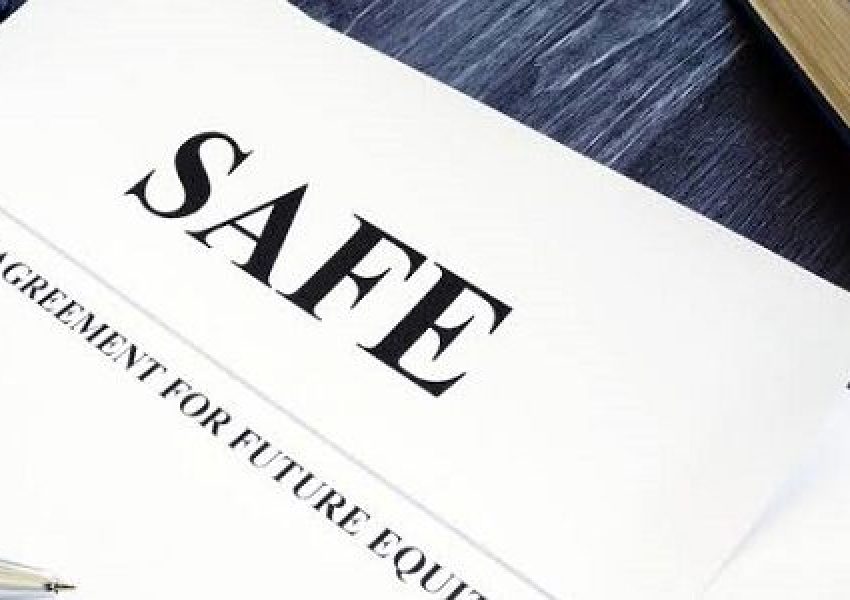The S.A.F.E Discussion
Early-stage founders are looking to raise money, would often choose between Simple Agreements for Future Equity (SAFEs) or convertible notes. Although they are similar in some respects, SAFEs have some distinctive characteristics that every founder should be aware of.
In this article we discussed some of the Key features of SAFEs.

What is a SAFE?
A SAFE is an investment instrument that converts the holder’s value into equity of the issuer upon certain triggering events. SAFEs were designed to be simpler, and an easier way for founders and investors to align quickly on an investment.
SAFEs are popular in early-stage financings because they allow companies to raise money and investors to invest money without having to value the company before either party knows how much the company is worth.
Background (How it started and the issue the SAFE was designed to address)
Startup accelerator Y Combinator first released SAFEs in 2013 as an alternative to convertible notes, which are more investor-friendly in some respects. At the time the industry had much liquidity and founders found themselves with an unusual amount of bargaining power over financing terms.
Rather than being bogged down with the negotiated terms of a Note, the Y Combinator came up with an idea to create a short agreement that companies and investors could use that stripped away the debt-like features of convertible notes such as maturity date and accruing interest, thereby simplifying early-stage financings for startups.
SAFEs became widely popular, and in 2018, Y Combinator released a modified version of the SAFE, called the “post-money” SAFE (in contrast to the original “pre-money” SAFEs).
Pre-Money vs. Post-Money SAFE
The difference between the Pre-Money and Post-Money SAFE is that with a Pre-Money SAFE, the conversion into equity does not include the conversion of the SAFEs in its calculation.
Consequently, a Post-Money SAFE does include the conversion of the SAFEs in the equity calculation. The money put into a company through SAFE investments is used to determine SAFE holder ownership. Because each SAFE’s conversion calculation is independent of each other SAFE, the Post-Money SAFE provides greater clarity as to how much of the company any given investor will ultimately own.
Key Features of SAFEs:
- Conversion. SAFEs convert into shares of the issuer’s stock upon a “triggering or conversion event,” which is usually the company’s first priced financing round, which could be a Series Seed or Series A financing. At the time of such financing, the SAFE will convert into equity of the issuer after taking into account any early-stage incentives (i.e., caps or discounts) relative to the price paid by the new (priced round) investors.
- Discount Rate. This is a form of incentive for early-stage investors. SAFEs often include a discount rate (often between 10-25%) by which the price per share that the SAFE converts into is discounted compared to the price the priced round investors are paying. For example, if the Series A price per share is $1.00 per share, the SAFE investors with a discount rate of 20% will convert their investment into stock at $0.80 per share.
- Valuation Cap. Also, as a form of incentive, the valuation cap defines the maximum valuation at which a SAFE converts, effectively creating a floor for the SAFE holder’s conversion.
- SAFEs can have both a valuation cap and a discount rate. In such a situation, the SAFE investor only converts under the provision that results in the greatest discount for the investor. They do not get to take advantage of both the discount and the valuation cap.
- Most Favored Nation (MFN). This version of the SAFE provides that if future SAFE investors receive better terms (e.g. lower valuation caps or larger discounts), the MFN SAFE holders have the option of receiving those same terms.
- Pro Rata Rights. The Pre-Money SAFE contemplates a pro-rata rights agreement which gives the investor a right to purchase its pro-rata share of securities sold after the equity financing (to the extent the investor doesn’t receive that right under the equity financing documents), while the Post-Money does not.
What Happens to a SAFE if there is no Conversion Event?
If a company fails to secure future equity financing or get acquired, then an investor’s SAFE will never convert into equity. The SAFE holder will be entitled to a repayment in a dissolution of the company, although it’s likely there won’t be meaningful assets left to pay the SAFE holder in that circumstance.